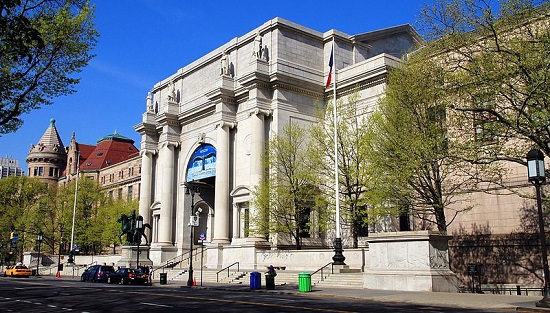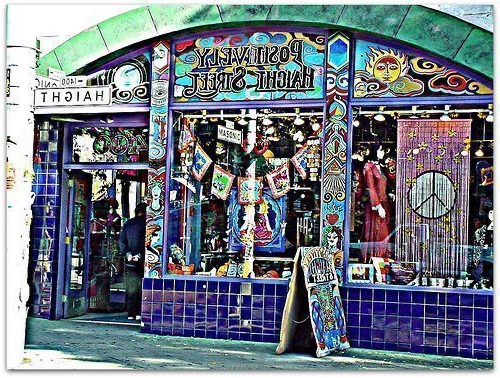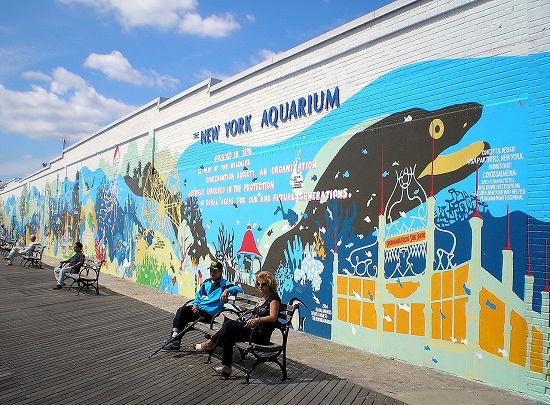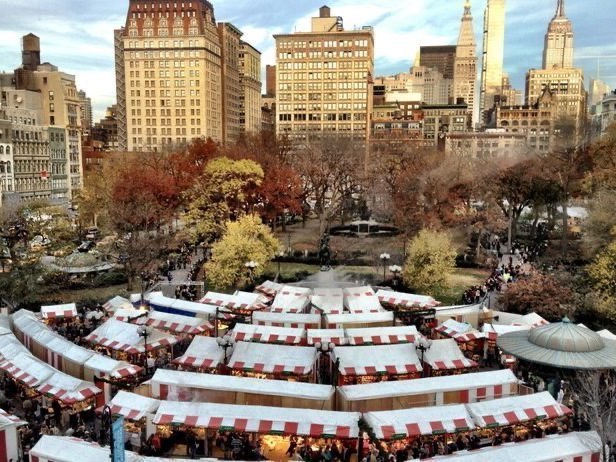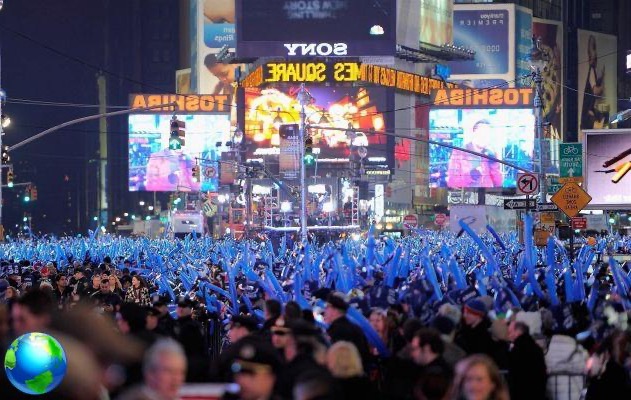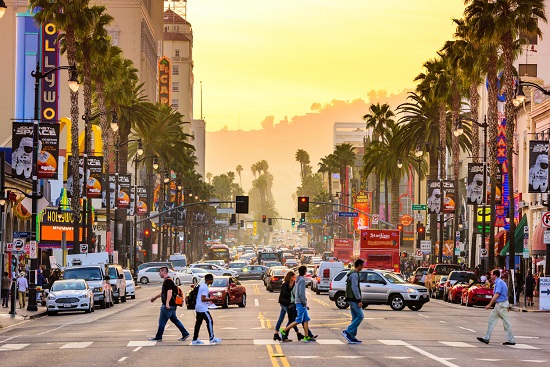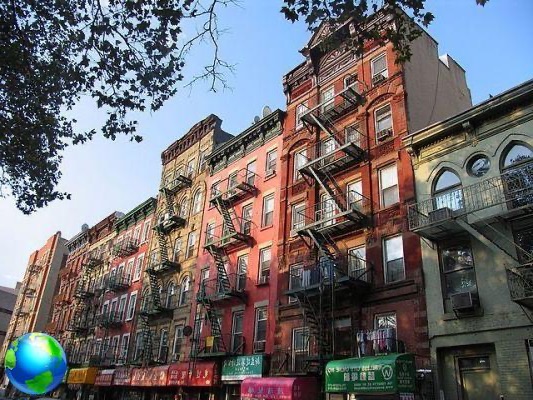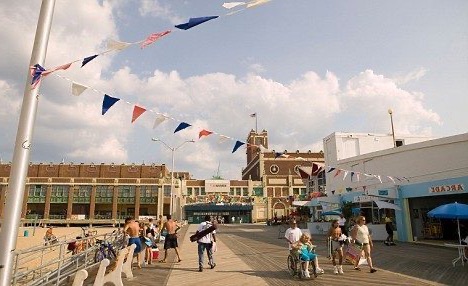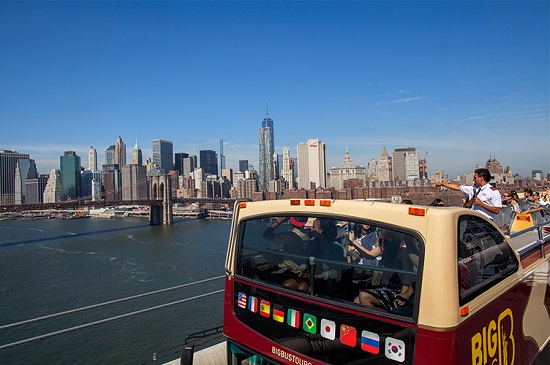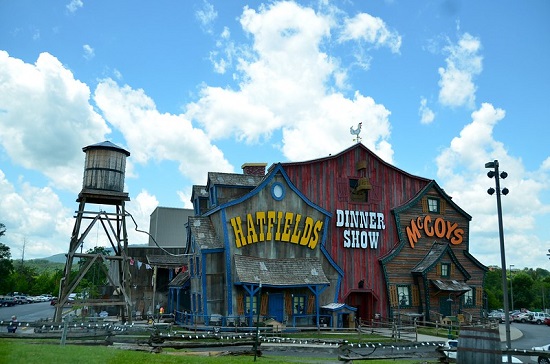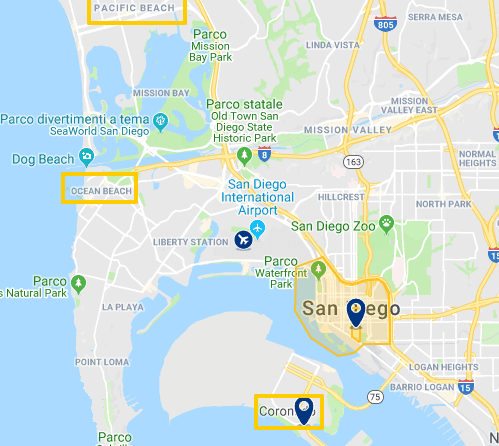New York's Grand Central Station is one of the largest stations in the world and is also a place to drop by on a trip to the Big Apple.
Who does not know the Manhattan train station? But how many know all the little surprises that it hides inside? With this small virtual tour we will reveal how to best discover it.
First of all, the place strikes from the outside, whether you come from 5th Ave, from 3rd Ave or walk along Park ave in length, once you arrive you will be amazed. Grand Central It does not have the features of a classic railway hub at all, but has retained its Beaux-Art style over the years. Although in the past there have been proposals for modernization to a skyscraper, promptly blocked, we have made sure to protect it by assigning it the recognition of a historic place. Still holder of records and awards such as being the largest station in the world by number of docks, 44 with 67 tracks and being in sixth place among the most visited attractions in the world according to Travel + Leisure magazine, is one of the unmissable symbols of New York City.
Its particular architectural structure has revolutionized and inspired subsequent buildings, starting with the passenger arrival and departure system divided into two distinct levels, a pattern then repeated in all airports. It also affects how Park Ave “hugs” Grand Central by bypassing it, giving it additional strength and impact. The remarkable sculptural group that adorns the facade was considered at the time of its unveiling the largest ensemble of sculptures in the world, and the central clock is still the greatest example of Tiffany glass.
From any door you enter the visual impact is guaranteed even if the greatest effect is obtained with the entrance from 42nd St, which leads through Vanderbilt Hall, the old waiting area now used for events. The first visit to the Grand Central Terminal is a succession of surprises that leave you speechless, such as Main Concourse, the center of the entire structure. This huge, perpetually crowded open space is perhaps the only place where you really realize you are inside one of the most important railway hubs in the city. Here you can see how constant and remarkable the influx of passengers is at any time of day. You will certainly immediately recognize one of the main icons: the four-sided clock of the central information point. Each of the four faces is of opal and has been estimated by both Christie's that Sotheby which are worth between 10 and 20 million dollars. Make sure you literally raise your eyes to the sky: you can admire the fully painted ceiling vaulted ceiling that adorns the Main Concourse. Brought back to light in 1998 after a restoration aimed at removing the black patina that had covered it due to decades of cigarette and pipe smoke Don't be fooled, this is not an exact reproduction of the sky, but staggered both for the orientation (it's upside down) and the distance between the stars. It is not known for sure if it is due to an error when it was painted, but at the time it was justified by making it pass for the representation of the constellations as God sees them from outside the celestial sphere inspired by a medieval manuscript. Before leaving this wing, go up the steps opposite the entrance and admire everything from above.
Going down the stairs to Dining Concourse follow the signs for the Oyster Bar, but do not enter. Stop in the small square immediately before the entrance and place yourself at one of the corners asking someone to whisper something to you towards the wall in the corner opposite to yours and listen: it will seem to have him next to you. You are in the famous Whispering Gallery whispers gallery, which for its particular vault is equipped with exceptional acoustics. Then look inside the restaurant and admire the architecture and the ceramic vaults: you are admiring the oldest commercial establishment in the station. Return to the upper level for a visit to the detached portion of the New York Transit Museum.
The secrets of Grand Central don't end there: there is a secret Passage, unfortunately not visible, which allowed the President Roosevelt to reach the Waldorf-Astoria Hotel directly, there are hidden tracks that cannot be visited and the famous M42 level, where the alternating current control units that give life to the station are located, is not on the maps and its location is kept secret. There Biltimore Room then it is nicknamed the kissing room because in the 30s-40s the train from the West Coast arrived here, and once the passengers got off they were greeted by kisses and hugs from their loved ones. Not everyone also knows that the terminal has been restored since <br><br>Donald Trump, that both the original now substitute and the current train information panel were produced by the Italian company Solari and that a gallery and an art school were housed inside.
Grand Central is one of the few places that satisfies practically all the senses thanks to the lower level which collects 35 different options for your meals as well as various patisseries, bakeries, cafes, a market and about 70 different shops.




